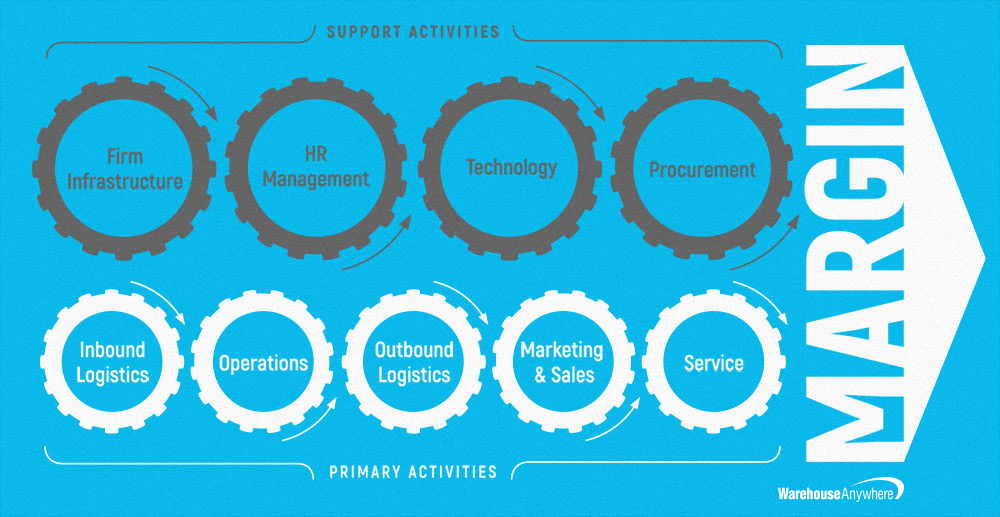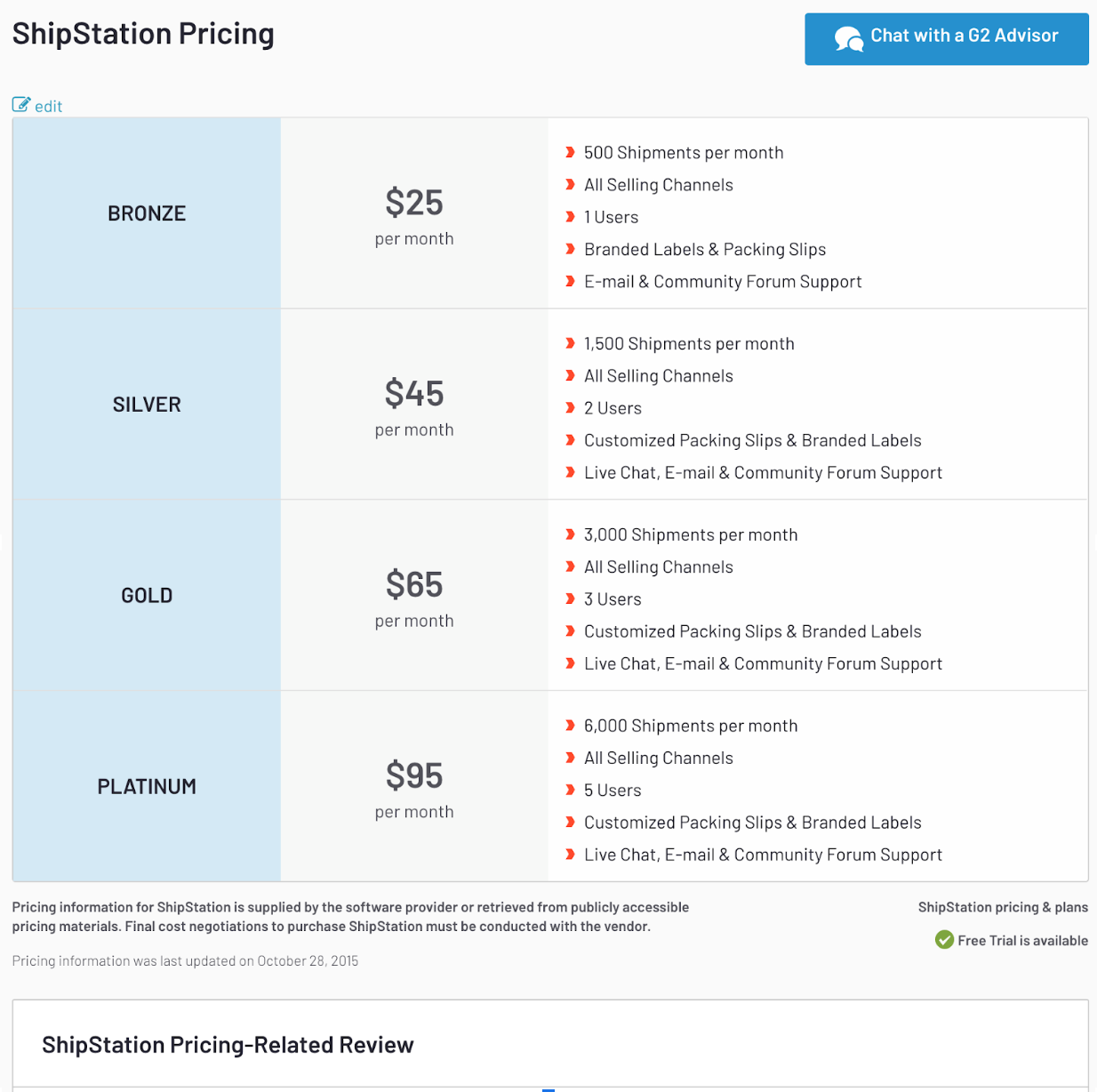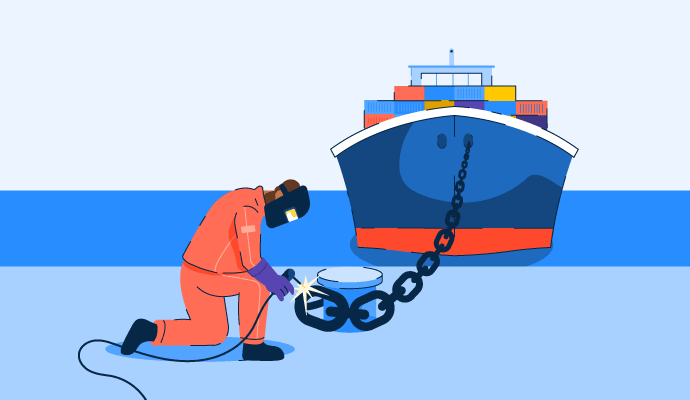Supply chain technology is like a puzzle—most of the time, companies must combine multiple pieces to cover their needs. Only a few vendors can provide all or most pieces of the puzzle, and the cost of buying and implementing everything is prohibitive to most companies.
The complexity of the supply chain technology market can have a negative effect on digital transformation initiatives. Additionally, digital transformation initiatives tend to focus on customer experience, company culture, or business disruptions, and less on operations. Especially industrial operations, which are the most critical challenges faced by companies in industries such as manufacturing, energy, or construction. Operations are challenging because they are treated as a necessary evil by many companies, resulting in inconsistent processes and disjointed solutions.
The focus on back office and front office technology created a vicious cycle for industrial companies: More investment in sales software, CRM software, and financial software meant less spending on technology for operations, impacting product quality and causing employee productivity losses. Instead of addressing the root causes, many companies spent even more money on way to attract customers and to increase employee engagement, further reducing spending on software and equipment for operations.
To break this vicious cycle, supply chain companies must prioritize operations and invest in better technology, as well as train and change management to ensure adoption and optimal use of software and hardware. As shown below, a value chain optimization model puts operations at the center of the business, at the same level as marketing, sales, and services.
 Source: Warehouse Anywhere
Source: Warehouse Anywhere
Let’s take a look at the various types of technology that can improve operations and how to choose the best options.
| Supply chain technology can be grouped into three major categories: |
|
Selecting infrastructure and hardware is relatively easy because there aren’t many options to choose from. Things are more complicated when it comes to software. Below is a visual representation of a software ecosystem typical for medium and large supply chain companies.
The importance of software varies depending on what a company does. For instance, if you’re a wholesale distributor, e-commerce is not essential. On the other hand, CRM software might be as necessary as inventory management software or warehouse management software. Another example would be a company that sells mostly online, directly to consumers. In this case, e-commerce software is critical, and CRM software isn’t necessary.
What you need isn’t always obvious
Most companies, even the large ones, will not need all the software products above. The challenge becomes how to choose what is critical, important, nice to have, or not needed. Understanding what is critical is pretty straightforward, since a company won’t be able to function without it. For instance, all supply chain companies need inventory management software because everything they do is related to storing and moving raw materials or finished goods. Similarly, non-essential software is also easy to identify; a company without a fleet of trucks won’t need fleet management software.
The most challenging pieces of the supply chain puzzle are the “important” and “nice to have” software products. This is because their importance varies by company size, industry, and even by department or business unit. The graph below depicts a few examples of companies and business units and what type of software they might need.
What you have matters more than you may think
Except maybe for spreadsheets—the only thing worse than spreadsheets is paper. Any software, application, portal, or tool, can be useful. But, as shown above, the usefulness of a particular software is relative.
How to choose what to keep, then? Based on the present and future utility of each type of software and technology, it’s not always an obvious choice.
-
- A tool to send and receive faxes may seem obsolete to everyone else, but supply chain professionals working with global partners and customers know that this machine is still frequently used to send and receive orders. Another example is EDI, not exactly the most modern and intuitive type of software, however, it’s critical when working with large customers.
- You may not want to keep a collaboration tool that seemed like a good idea when a manager implemented it, but it isn’t used. Even when free or not very expensive, employees probably use a few other tools, software, email, and mobile devices. Navigating between multiple systems and apps while working in a warehouse can be disruptive and counterproductive.
The usefulness of software and technology can also change. As many companies are outsourcing activities to focus on what they do best, some of the technology they use may not be required in the future. For instance, companies that exclusively sell online can use third-party providers to manage and ship their products. In these cases, a service provider portal can replace an inventory management solution that does not require licenses, maintenance, or support.
What you can afford can change everything
Budget limitations are always a challenge when selecting supply chain suites software. Don’t despair, there are still affordable alternatives. It just takes creativity and good knowledge of the market to find them. For instance, G2 shows pricing information for products, and when this type of information isn’t available, you can read pricing-related reviews.

Reviews about pricing may be more valuable than pricing information provided by vendors because reviewers frequently mention why they think that the product is expensive or not. You can also see how the software helped your peers and see if it applies to you.
Combining pricing information and reviews helps users choose between products with similar prices. Also, it is sometimes worth choosing a more expensive product if it helps with what you need.
What’s next
Now that you have a pretty good idea of what you need and what you have, the next step is to start looking for options and compare them. This is an undertaking that shouldn’t be taken lightly. If you can afford it, it helps to work with consultants and analysts who can provide valuable insight and services, such as RFI creation and pricing negotiation. Before spending anything, it’s worth it to look at software review websites such as G2, which allow you to read reviews, compare products, and get in touch with vendors.
¿Quieres aprender más sobre Suites de la Cadena de Suministro? Explora los productos de Suites de la Cadena de Suministro.

Gabriel Gheorghiu
Gabriel’s background includes more than 15 years of experience in all aspects of business software selection and implementation. His research work has involved detailed functional analyses of software vendors from various areas such as ERP, CRM, and HCM. Gheorghiu holds a Bachelor of Arts in business administration from the Academy of Economic Studies in Bucharest (Romania), and a master's degree in territorial project management from Université Paris XII Val de Marne (France).
